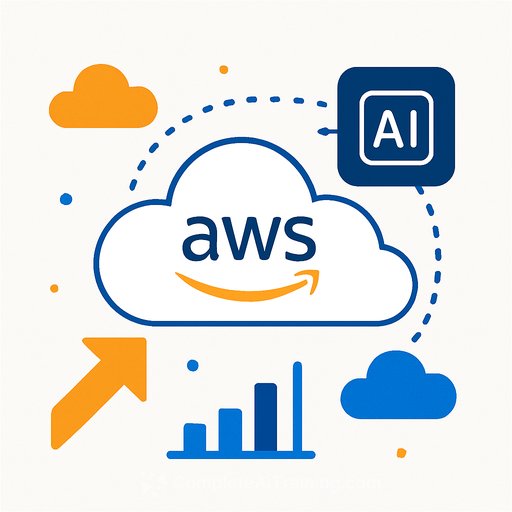Why Are Executives Using AI More Than Their Employees?
Executives are racing ahead on AI, while most teams are still kicking the tires. A fresh Dayforce survey of roughly 7,000 professionals across the US, UK, Australia, Canada, Germany, and New Zealand shows a sharp split: 87% of executives use AI at work, compared with 57% of managers and just 27% of employees.
Here's the twist: leaders are also 45% more likely to use AI at work than Gen Z, the first generation raised with this tech. That gap is turning companies into three speeds: fast-tracking executives, AI-intrigued managers, and cautious experimenters.
The Adoption Gap, In Plain Numbers
- At work: 87% of executives use AI vs. 57% of managers and 27% of employees.
- Outside work: 85% of leaders use AI in their personal lives vs. 67% of managers and 49% of workers.
- Training access: 67% of executives got AI training in the past year vs. 36% of managers and 16% of workers.
- Role impact: 12% say AI already changed their job; 35% expect changes soon.
- Career rethink if AI impact was known earlier: 42% of senior leaders, 29% of managers, 16% of workers.
As two Dayforce leaders put it, "AI positivity abounds at every job level, but that is especially true among executives, causing them to prioritize adoption over caution… Executives are racing into AI faster than any past technology shift, but the rest of the workforce is struggling to keep pace."
What's Blocking ROI
A separate MIIT study reported only 5% of leaders saw a return on their AI investment. Dayforce's data points to three blockers:
- Training gaps: 63% say building AI skills matters, yet most employees aren't getting help.
- Transition support: Roles are shifting, but internal mobility and support programs are thin.
- Trust and accountability: Over half see ethical concerns; only a quarter of companies have an owner for responsible AI.
A 90-Day Plan Managers Can Run Now
You don't need a giant task force. You need a simple plan, clear constraints, and proof fast.
- Days 1-30: Pick the work
- Identify 3 repeatable use cases per team (e.g., drafting emails, meeting notes, first-pass analysis).
- Form a small AI council (Ops, HR, Legal/IT) to set guardrails and approve tools.
- Publish a one-page policy: what's on-limits, what's off-limits, data rules, and disclosure norms.
- Create a shared prompt library for top tasks. Keep it simple and visible.
- Days 31-60: Build skills
- Run tiered training: 60-minute intro for all, role-based labs for doers, decision training for managers.
- Set weekly office hours and appoint peer champions in each team.
- Offer micro-certs tied to real tasks (drafting SOPs, QA checklists, analysis summaries).
- Days 61-90: Prove value
- Pilot in 2-3 teams. Measure time saved, error rate, cycle time, and adoption.
- Share wins with short before/after clips and templates others can copy.
- Scale what works; retire what doesn't. Keep the playbook live.
Training That Actually Sticks
- Executives: Decision guardrails, risk questions, ROI criteria, vendor due diligence.
- Managers: Workflow redesign, prompt reviews, quality checks, metrics.
- Employees: Prompts, verification, data handling, task checklists.
If you need structured options by role or skill, browse programs from Complete AI Training or explore focused AI certifications that pair lessons with practical labs.
Build Trust Without Slowing Progress
- Assign ownership: Name a person or team responsible for responsible AI across the business.
- Set a simple approval checklist: Data sensitivity, human oversight, evaluation steps, and logging.
- Label AI-assisted work: Everyone should know what was AI-generated or AI-assisted.
- Run red-team tests: Check for bias, hallucinations, and privacy leaks before scaling.
- Document incidents and fixes: Small loop, quick learning, shared updates.
For a widely used reference, see the NIST AI Risk Management Framework overview.
Metrics That Matter
- Adoption: % of employees using approved tools weekly.
- Productivity: Time saved per task; cycle time per workflow.
- Quality: Error rate, rework rate, customer satisfaction where relevant.
- Cost: Software spend vs. verified time savings.
- Risk: Number of incidents and time to remediate.
- Capability: % trained and certified by role.
The Management Takeaway
Executives are out in front because they have access, confidence, and training. Most teams don't. Close the gap by funding skills, publishing guardrails, and proving value in 90 days. Keep what works, share it, and repeat.
Do that, and AI stops being an executive hobby and becomes an operational advantage.
Your membership also unlocks:






